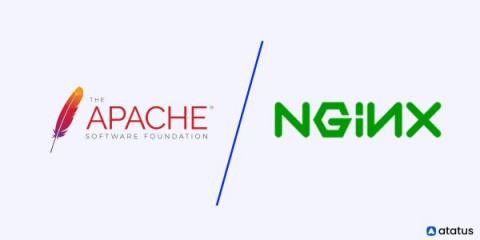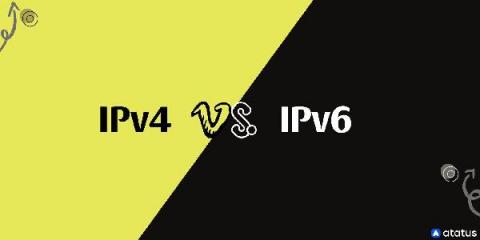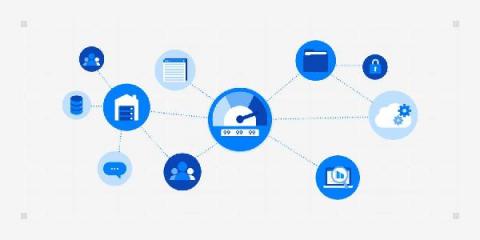Telco 5G Returns Will Come from Enterprise Data Solutions
Communications service providers (CSPs) are rethinking their approach to enterprise services in the era of advanced wireless connectivity and 5G networks, as well as with the continuing maturity of fibre and Software-Defined Wide Area Network (SD-WAN) portfolios.










